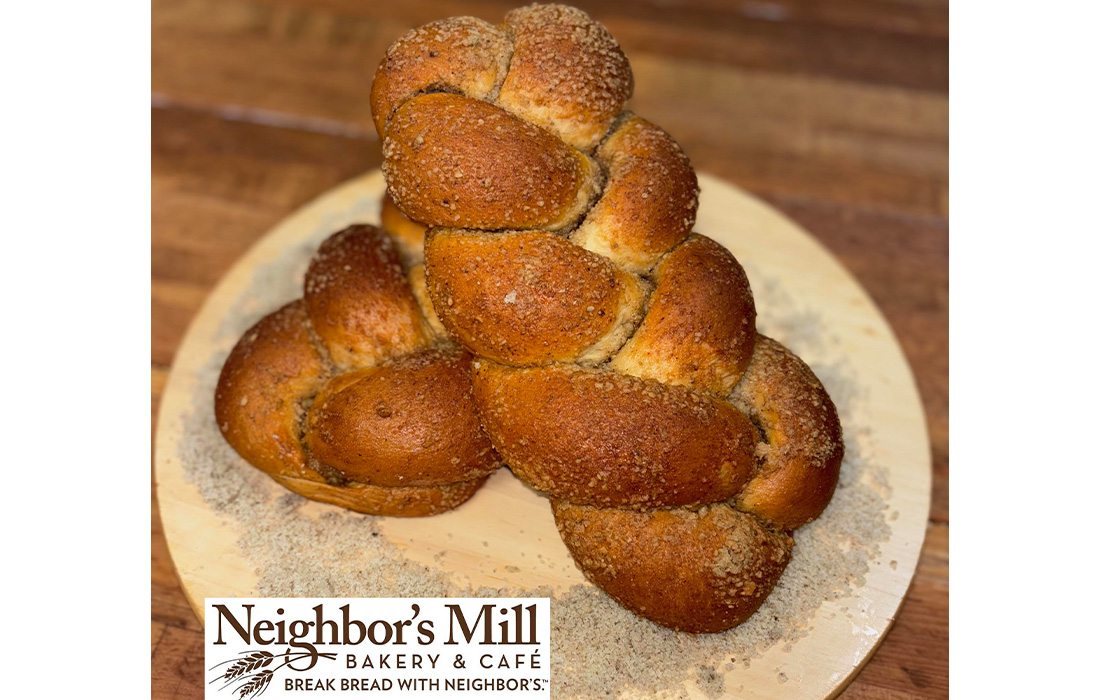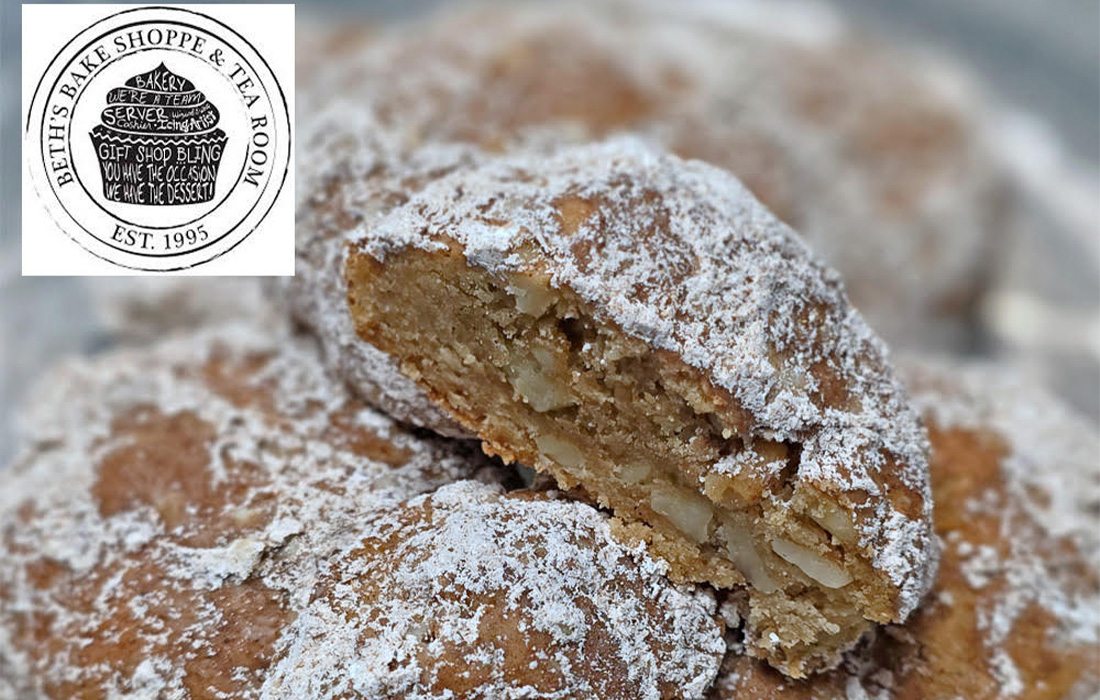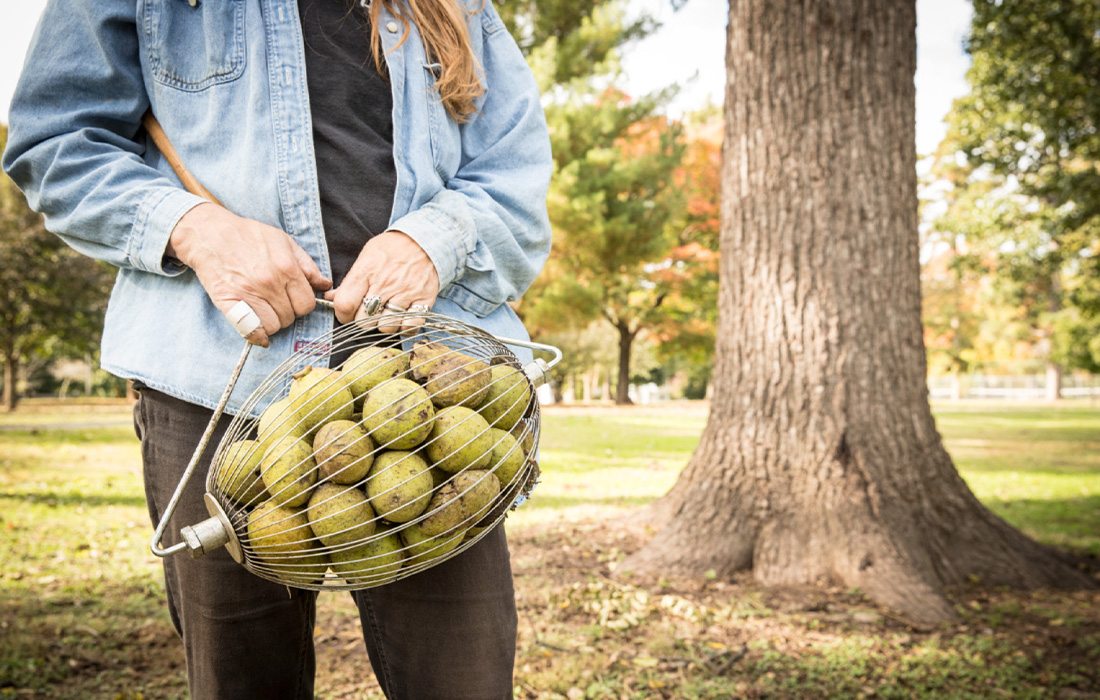When autumn arrives in the Ozarks, the black walnut harvest begins, marking one of Missouri’s most celebrated traditions.
PRESENTED BY
As trucks roll into town and hulling stations fill up, the black walnut harvest brings people together across the Ozarks. Hammons Black Walnuts marks the season with a local baking contest.
Oct 2024
When autumn arrives in the Ozarks, the black walnut harvest begins, marking one of Missouri’s most celebrated traditions.
PRESENTED BY
Each October, thousands of people across the Midwest take part in the annual black walnut harvest, collecting nuts by hand and selling them to local hulling stations. It’s a practice that connects people to their land and to each other, offering a seasonal boost to rural economies while keeping a Missouri legacy alive.
“Unlike most nuts that are grown in orchards, black walnuts grow wild,” says Jacob Basecke, Executive Vice President of Hammons Black Walnuts. “Every nut that comes through our plant has been hand gathered by someone, often from their own land or their neighbor’s land. That makes this harvest truly one-of-a-kind.”

Neighbor’s Mill Bakery & Café’s black walnut and maple challah bread.

Julie's Chewies Gourmet Cookies’ triple chocolate black walnut cookies.

Beth’s Bake Shoppe & Tea Room’s butterscotch and cinnamon black walnut sandies.
To celebrate National Black Walnut Month in October, Hammons Black Walnuts launched the Taste of the Ozarks culinary contest this year, inviting professional bakers across the region to showcase the creativity and versatility of black walnuts.
Each participating bakery developed its own original recipe featuring black walnuts. Entries were judged on creativity, and three standout winners were selected.
• Neighbor’s Mill Bakery & Café (1435 E. Independence St. #110, Springfield) impressed judges with its black walnut and maple challah bread.
• Julie's Chewies Gourmet Cookies (1325 S. Glenstone Ave., Springfield) wowed with triple chocolate black walnut cookies.
• Beth’s Bake Shoppe & Tea Room (1645 W. Republic Rd. Unit D, Springfield) earned praise for its butterscotch and cinnamon black walnut sandie.
Each of these creations were featured throughout October, giving locals a chance to experience the wild flavor that defines Missouri’s signature nut.
“The contest not only celebrated the unique taste of America’s native nut but also supported the thousands of local harvesters who collect wild black walnuts each fall,” Basecke says. “By participating, area bakeries helped showcase this hometown ingredient—a true taste of the Ozarks—and its lasting connection to the region’s people, traditions and land.”

Beyond the kitchens and bakeries, the black walnut harvest plays an essential role across the region. For many, gathering and selling nuts provides extra income. Families and community groups often work together, turning what could be routine labor into a shared experience.
“For many small towns, those hulling stations become social hubs,” Basecke says. “A place where neighbors reconnect and share stories while waiting in line.”
Over the years, the process has evolved with improved efficiency and modern equipment, but the spirit of the harvest remains unchanged. You’ll still see pickup trucks, buckets and wagons lined up at hulling stations across the state.
“That personal connection to the land and to each other is what keeps this tradition so special,” Basecke says.
Find your nearest hulling station here. The Black Walnut Harvest typically runs from October through early November.